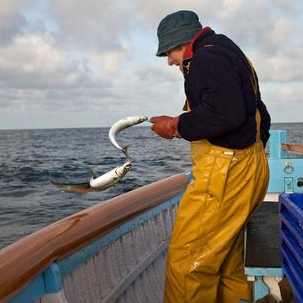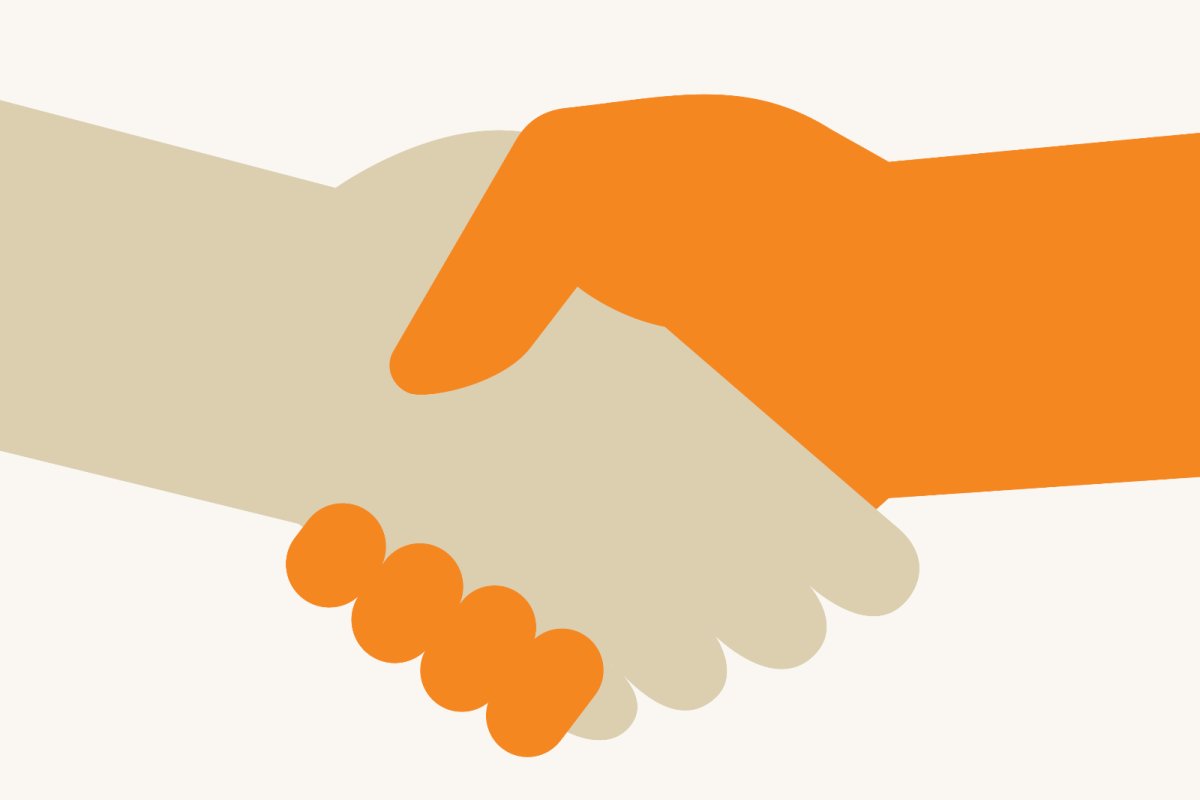 To begin improving your seafood sustainability, first understand where you are starting from.
To begin improving your seafood sustainability, first understand where you are starting from.
Better knowledge of where and how your seafood is produced will allow you to identify any information gaps, assess how sustainable (or not) your fish dishes are, and take action to improve sustainability over time.
Specific information to collect and monitor over time includes:
- WHAT - The common and scientific name of the fish you serve.
- WHERE - The stock from which the seafood was caught or the farm in which it was cultivated.
- HOW - The fishing method or aquaculture production method used.
This information will help you understand more about your fish and work out the sustainability ratings according to leading conservation organisations (e.g. the Marine Conservation Society).
Get quizzical
Ask your fish supplier questions. Find out the what, when, where and how of catching and farming your seafood. Anything they can't answer they should be able to find out - if it's important to you, their customer, it'll be important to them.
Further information, not necessarily key to sustainability but that can help you understand your supply, could include:
- Who produced, processed and supplied the seafood?
- The volume of different products and species you purchase.
- The profitability of different seafood you serve.
Talking to your supplier is important in gathering together this information, however knowing the right questions to ask, and what the answers really mean, can be tricky. Use this handy Seafood Audit Template, complete with instructions, to help you and your supplier pull together key information on the seafood you buy.
Go to Step 2: Source Sustainably
Good Catch: Good Catch provides practical information for chefs, caterers and restaurateurs, making it easier for them to serve more sustainable seafood.
